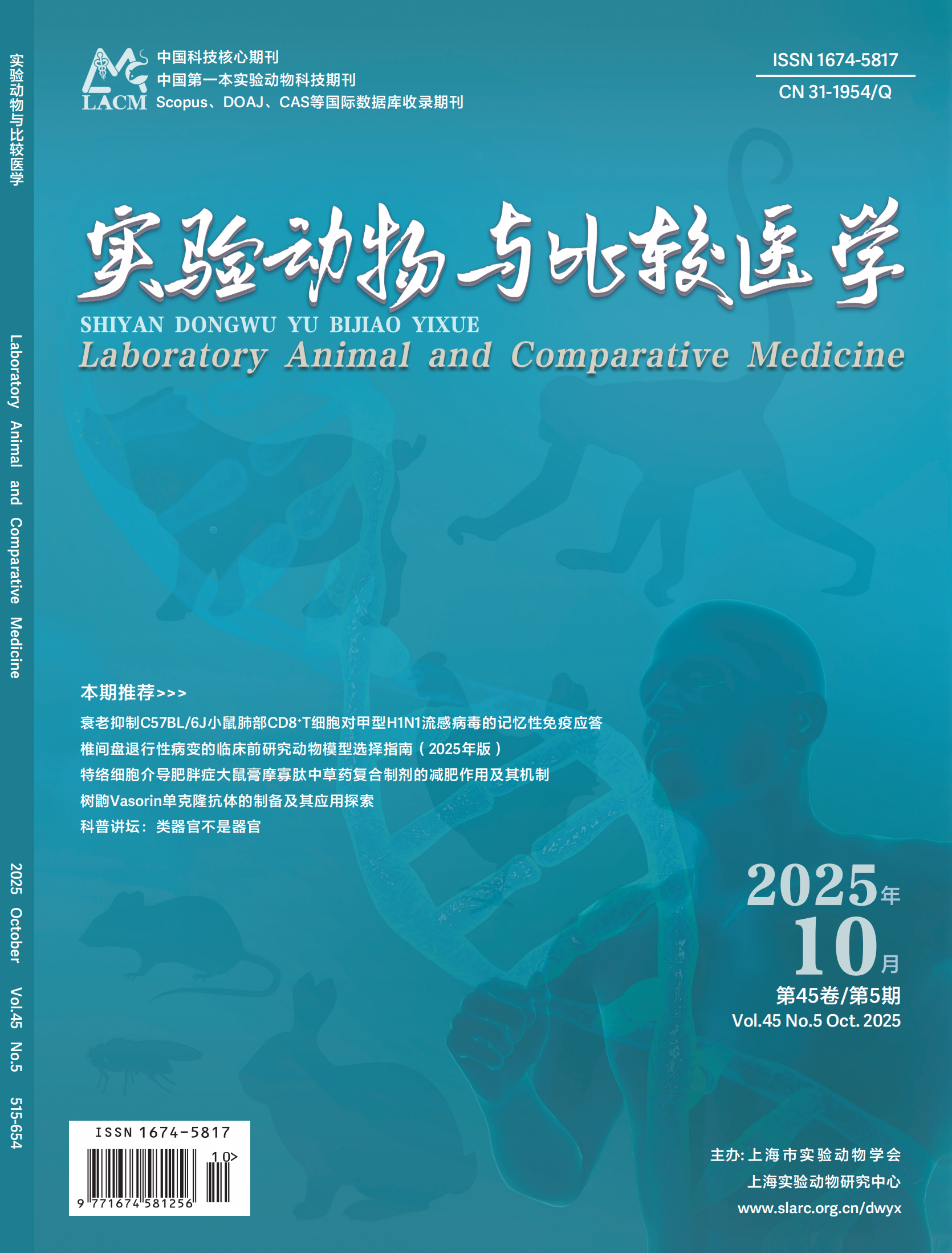Objective To investigate the effect of camel milk on the acute colitis induced by dextran sodium sulfate (DSS) in mice. Methods Male C57BL/6 mice (6-8 weeks) were randomly divided into 2 groups: the mice were treated by intragastric administration of double distilled water as the control group, and the experimental group were given with camel milk. After 14 d, 3% DSS was used to induce acute colitis in mice. Flow cytometry was used to analyze the proportion of immune cells. Cytokines were measured by enzyme-linked immunosorbent assay (ELISA). Results Compared to the control group, the mice with camel milk treatment showed slow weight loss (P<0.05), improval survival rate, decline in histological score (P<0.05). In the experimental group, the percentage of interferon-γ (IFN-γ) positively expressed T lymphocytes (CD4+IFN-γ+) increased (P<0.05), while the percentage of interleukin-17 (IL-17) positively expressed T lymphocytes (CD4+IL-17+) decreased(P<0.05). The expression levels of IL-17 and tumor necrosis factor-α (TNF-α) were reduced(P<0.05), and the expression of IFN-γ was increased in the cell culture supernatant of the experimental group (P<0.05). Conclusion Camel milk can relieve the progression of acute colitis induced by DSS by regulating the differentiation of T cells and the secretion of cytokines.

